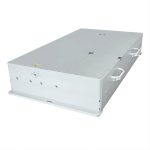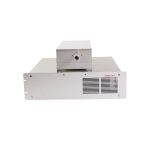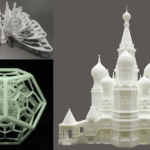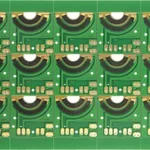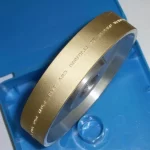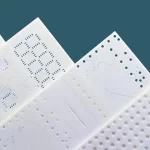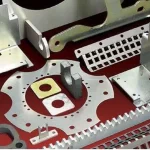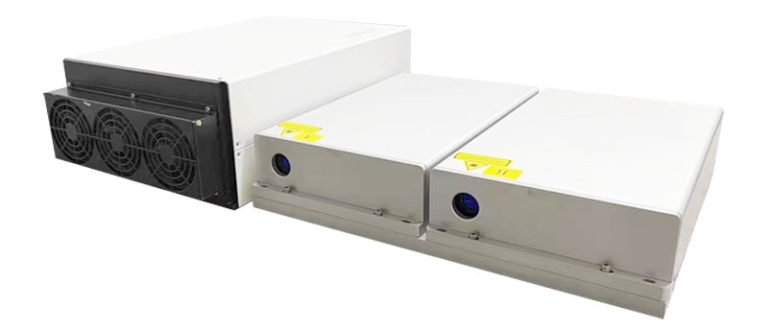As an innovative optoelectronic device, dual-wavelength laser has attracted extensive attention and research in recent years. Principle and structure of dual wavelength laser
A dual-wavelength laser is a device that can simultaneously produce two laser beams of different wavelengths. The basic structure consists of a laser cavity and two semiconductor laser diodes. Each laser diode is able to independently produce a specific wavelength of laser light. By precisely controlling the current of two laser diodes, the simultaneous output of dual-wavelength lasers can be achieved.
Application fields of dual wavelength lasers
Optical communication
Dual wavelength laser has a wide application prospect in optical communication field. Its dual-wavelength output enables optical communication systems to transmit signals of two different wavelengths at the same time, thus improving transmission efficiency and capacity. In addition, dual-wavelength lasers can also be used in optical fiber sensors, spectral analysis and other aspects, providing new possibilities for the development of optical communication technology.
Biomedical science
In the biomedical field, the application of dual-wavelength lasers has also attracted much attention. Its dual-wavelength output can be used for cell imaging, tissue cutting and therapy. For example, in laser surgery, the use of dual-wavelength lasers can achieve precise cutting of different types of tissue, reducing the surgical damage to the surrounding normal tissue.
Scientific research
Dual-wavelength lasers also play an important role in scientific research. Its dual-wavelength output can be used for spectral analysis, photochemical reaction research and so on. By adjusting the wavelength and power of the laser, researchers can explore the optical properties and molecular structures of materials, providing strong support for the design and synthesis of new materials.
The future development direction of dual-wavelength lasers
Although dual-wavelength lasers have made some progress in research and application, there are still some challenges and problems to be solved. For example, the manufacturing process and stability of dual-wavelength lasers need to be further improved to improve their performance and reliability. In addition, the optical characteristics and the precise control of the output power of dual-wavelength lasers also need more in-depth research.
In the future, with the continuous progress of materials science, optoelectronic technology and other fields, dual-wavelength lasers will usher in broader application prospects. We can look forward to more in-depth applications and breakthroughs of dual-wavelength lasers in optical communication, biomedicine, scientific research and other fields.
Conclusion
As a revolutionary technological innovation, dual-wavelength laser brings new opportunities and challenges to optical communication, biomedicine and scientific research. By discussing the principle, application and future development direction of dual-wavelength laser, we can better understand its importance and potential in modern science and technology. It is believed that with the continuous efforts of researchers, dual-wavelength lasers will make greater breakthroughs and applications in various fields.
